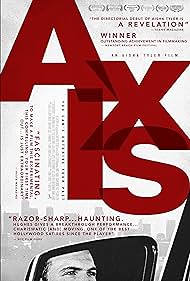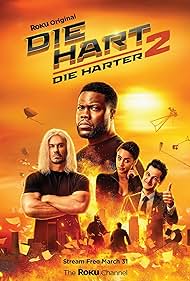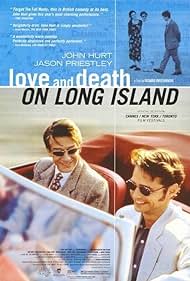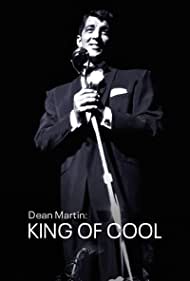Steve McQueen: The Essence of Cool Soundtrack (2005)

Buy on Amazon Play and download Soundtracks
Steve McQueen: La esencia del estilo
Steve McQueen: The Essence of Cool
Steve McQueen: The Essence of Cool
Steve McQueen: The Essence of Cool
Steve McQueen: The Essence of Cool
Steve McQueen - Leidenschaftlich cool
Synopsis
Friends, co-stars and admirers of actor Steve McQueen - including first wife, actress and dancer Neile Adams, and third wife, model Barbara Minty - discuss his life in relation to his movie career. His screen persona was one where women loved him, in part because of his piercing blue eyes, and men both wanted to emulate him and be his buddy. Despite having screen presence even in early bit parts, he didn't start to hone his craft of acting until he was accepted into the Actor's Studio. In what some consider his breakthrough movie, he took the sure thing of a meager paycheck instead of taking a percentage of the movie's profits, as he thought the movie would be a commercial flop. That movie was The Blob (1958). Although he made a name as the rebel loner and an action hero in the television show Wanted: Dead or Alive (1958) and smaller parts in movies such as The Magnificent Seven (1960), his status as such, but in a movie starring capacity, was solidified with The Great Escape (1963), despite having problems on that set. That persona continued in such movies as The Cincinnati Kid (1965), Nevada Smith (1966), and The Sand Pebbles (1966), the latter for which he was nominated for an Oscar. He was convinced by Neile to do a more debonair role, and campaigned and won the lead role in The Thomas Crown Affair (1968). Bullitt (1968) was the first movie produced by his own production company, and despite what is considered a weak story, it stands as one of McQueen's most iconic movies for its visual style, and the groundbreaking car chase scene. He wanted Le Mans (1971) to be the most important movie in his filmography because of his love of car racing and his want to portray the actual Le Mans race accurately. It was during this period that his personal life, which was being overtaken by drugs and freewheeling actions such as infidelity, began to unravel. The second phase of his professional and personal life began with The Getaway (1972), where he met second wife, Ali MacGraw. This period actually was the beginning of the end as he became disillusioned with the business, especially as he began to realize he was developing health issues, which would ultimately take his life.
Download and play the Soundtrack list
| Play | Title | Artist |
|---|---|---|
|
Steve McQueen: The Essence of Cool
|
||
|
Drivin' My Life Away
|
Eddie Rabbitt:
Artist
|
|
|
Funk #49
|
James Gang:
Artist
|
|
|
Crimson & Clover
|
Tommy James & The Shondells:
Artist
|
|
|
Free Ride
|
The Edgar Winter Group:
Artist
|
|
|
Good Love
|
The Murmaids:
Artist
|
|
|
Draggin' the Line
|
Tommy James & The Shondells:
Artist
|
|
|
Mony Mony
|
Tommy James & The Shondells:
Artist
|
|
|
Four Letter Word Called Love
|
||
|
Cherish
|
The Association:
Artist
|
|
|
Crystal Blue Persuasion
|
Tommy James & The Shondells:
Artist
|
|
|
Cruisin'
|
David Marks & The Marksmen:
Artist
|
|
|
Bang A Gong (Get It On)
|
T. Rex:
Artist
|
|
|
Don't Love Tonight
|
Faye Tucker:
Artist
|
|
|
Borrowed Time - 1976 Version
|
Tom Martin:
Artist
|
|
|
Be Thankful for What You Got (Pt. 1 & Pt. 2)
|
William DeVaughn:
Artist
|
|
|
Me and Mrs. Jones
|
Billy Paul:
Artist
|
|
|
Oh Girl - Live
|
The Chi-Lites:
Artist
|
|
|
Didn't I (Blow Your Mind This Time)
|
The Delfonics:
Artist
|
|
|
My Girl
|
||
|
Best Thing That Ever Happened to Me
|
Gladys Knight & The Pips:
Artist
|
|













